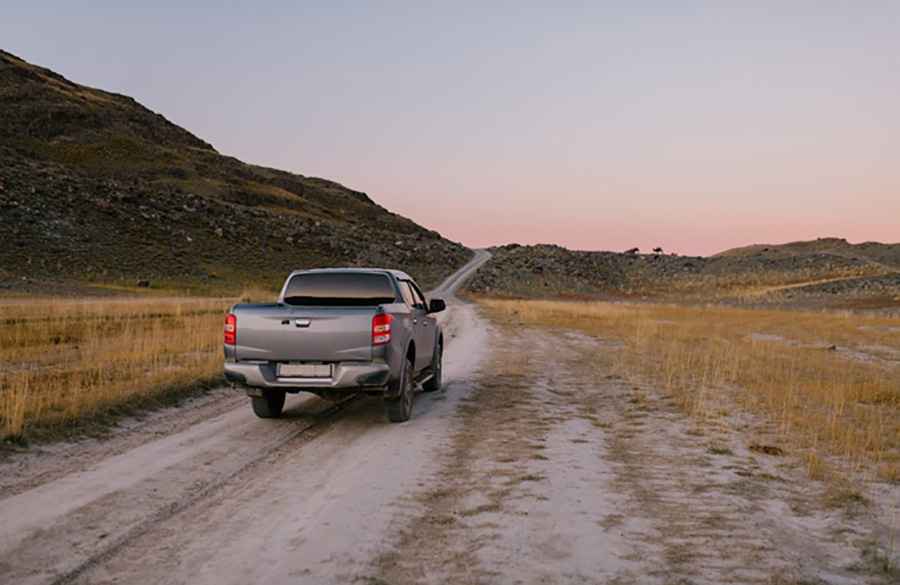How to Protect Your Car Body on Gravel Mountain Roads
Rocks hit hard when mountain roads turn to gravel. Chips start small, but they grow. Grit hides in wheel arches. Mud and salt dig deep. Gradually, paint flakes, and rust creeps in. Ready to keep your car looking sharp on trips through the rough country? Simple steps protect more than shine. Follow along for practical fixes you can trust.

Inspecting Key Car Panels Before Your Trip
Gravel tracks pummel certain spots first. Wheel arches, lower doors, and bumper corners take the hits. Fenders often hide cracks where dust and water slip through. A flashlight helps you catch peeling liner edges or missing fasteners. Catch a loose panel now, and you avoid bigger repairs later.
Applying Paint Protection Film
A clear film acts like armor, keeping stones from chipping the paint on hoods, fenders, and mirrors. Film sticks best to a smooth, clean surface, so washing and claying the area helps before installation.
Many try the peel-and-stick kits at home. But deeper gouges and complex curves call for advanced refinishing skills. When working with a pro, auto body certification shows technicians have training for expert paint correction and film work.
Adding Mud Flaps and Rock Guards for Defense
Loose stones ping up fast, especially when traversing a gravel track like Bolivia’s famous Death Road. Mud flaps catch flying debris before it strikes the paint. Rock guards fit behind the wheels, shielding panels and brake lines.
Both can be installed with simple tools, though checking for a snug fit keeps them from shaking loose after miles of rough driving.
Installing Underbody Shields for Hidden Areas
Sharp rocks can dent oil pans or scrape brake lines. Some shields are simple plastic guards, while heavy-gauge steel plates protect deeper components. When off-roading, skid plates become the best defense against boulders and debris.
It pays to check mounting bolts after rough trails. Even a small rattle can mean a shield has loosened, leaving the undercarriage exposed.
Rustproofing Against Moisture and Salt
Tiny chips let water sneak into bare metal, where corrosion quietly spreads. A good undercoat seals seams, wheel wells, and hidden frame rails. Quality rustproofing blocks out salt and slush.
Touch up any scraped spots right away. Otherwise, moisture will settle in. It will probably turn a simple repair into a far bigger problem.
Smart Driving Techniques for Less Damage
Sharp turns and sudden stops toss gravel harder against your paint. Easing into corners lets tires roll instead of kicking up rocks. Keeping a slow, steady pace means fewer pebbles hit at high speed. Space out from the vehicle ahead. Their wheels throw a surprising amount of debris. This habit alone preserves panels for years.
Quick Checklist for Vulnerable Spots
Trouble often hides in places easy to miss during a casual look. Give each high-impact zone a close check.
Use this short list before your next mountain drive:
- Fender liner edges
- Bumper mounts
- Wheel arch lips
- Underbody shields
- Door and rocker panel seams
- Mud flap hardware
Look for loose parts, missing screws, and peeling edges. Quick fixes at home can save a costly body shop visit.
Gravel mountain roads punish even sturdy vehicles. Taking a few smart steps protects more than paint. Your car keeps its value, and each trip brings fewer worries about unexpected repairs or hidden bodywork surprises.
Image: pexels